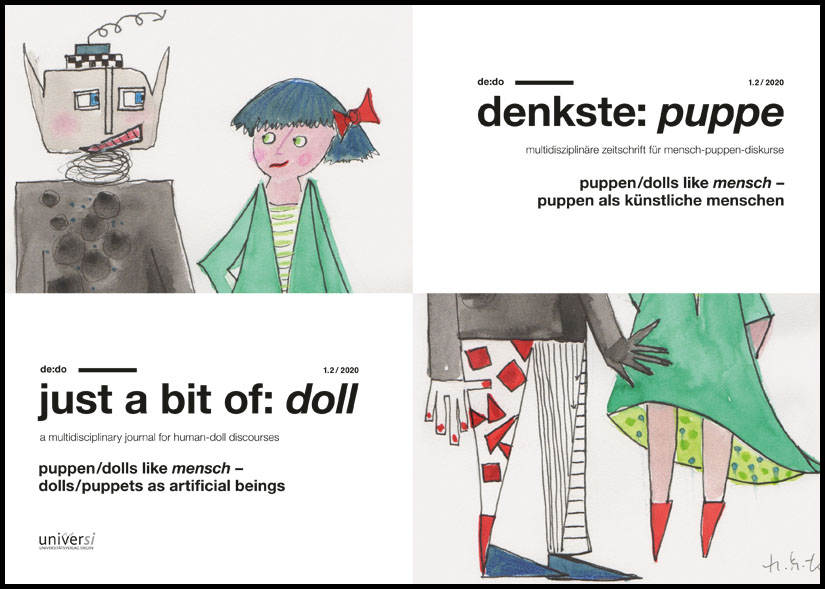Longing for Human »Prototypes».
Shakespeare’s Sonnets, Danced
Keywords:
Shakespeare’s sonnets as ballet, human factory, artificial beings, love, antasies of longing, self-alienation, Pygmalion mythAbstract
Four scenes from the 2019 Hamburg ballet Shakespeare – Sonnets are placed in a human factory showing how artificial humans are produced, brought to life and capture the longing fantasies of the factory workers, i.e. their own creators. The following article explains these key scenes against the background of the overall composition of the ballet and discusses implications of interpretation: The tendency towards idealization of the human being appears both as an anthropological characteristic as well as a quality of great art producing the danger of human self-alienation and loss of self. The famous cultural-historical symbol for this is the Pygmalion myth: the misanthropic artist who falls in love with his own ideal work of art.
Downloads
How to Cite
Issue
Section
License
Copyright (c) 2020 Marlene Meuer

This work is licensed under a Creative Commons Attribution-ShareAlike 4.0 International License.



